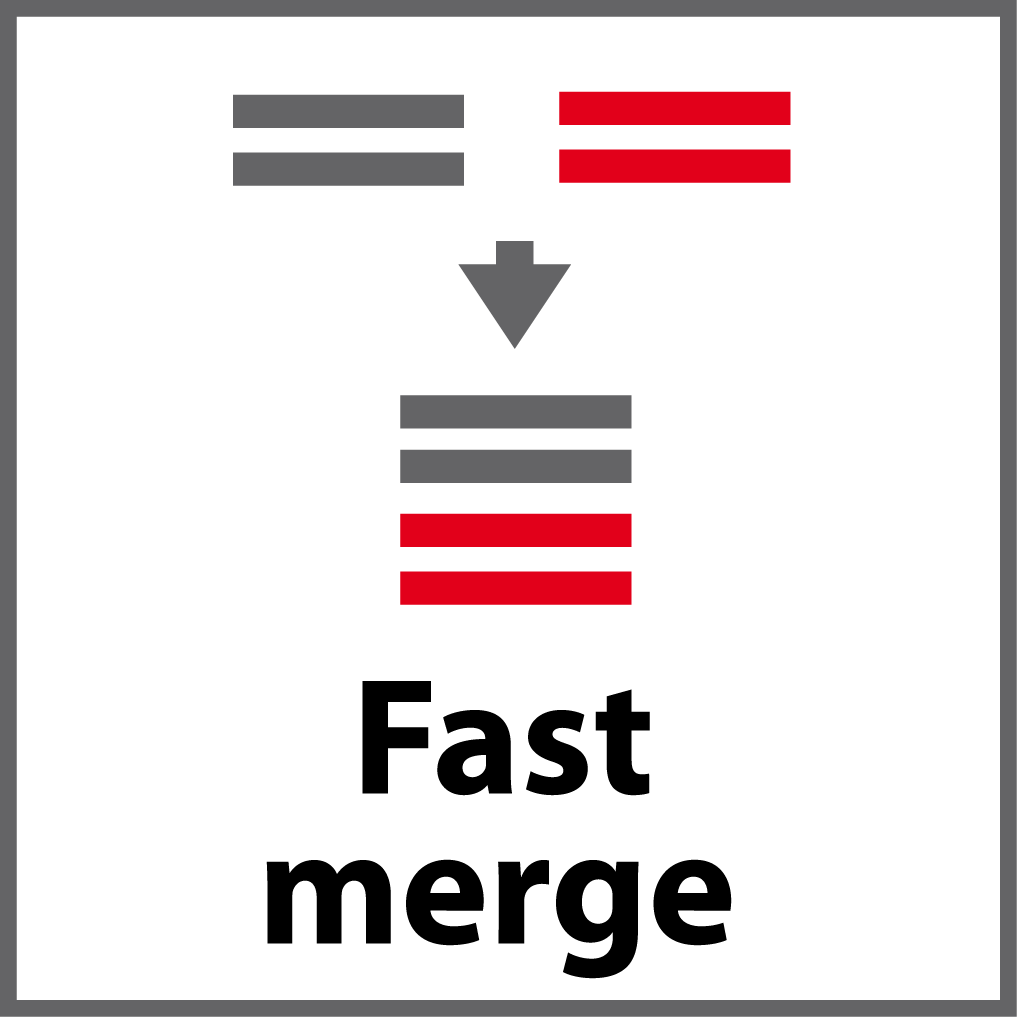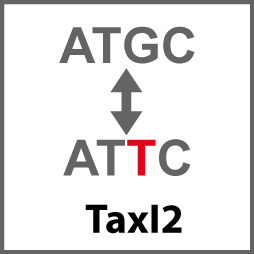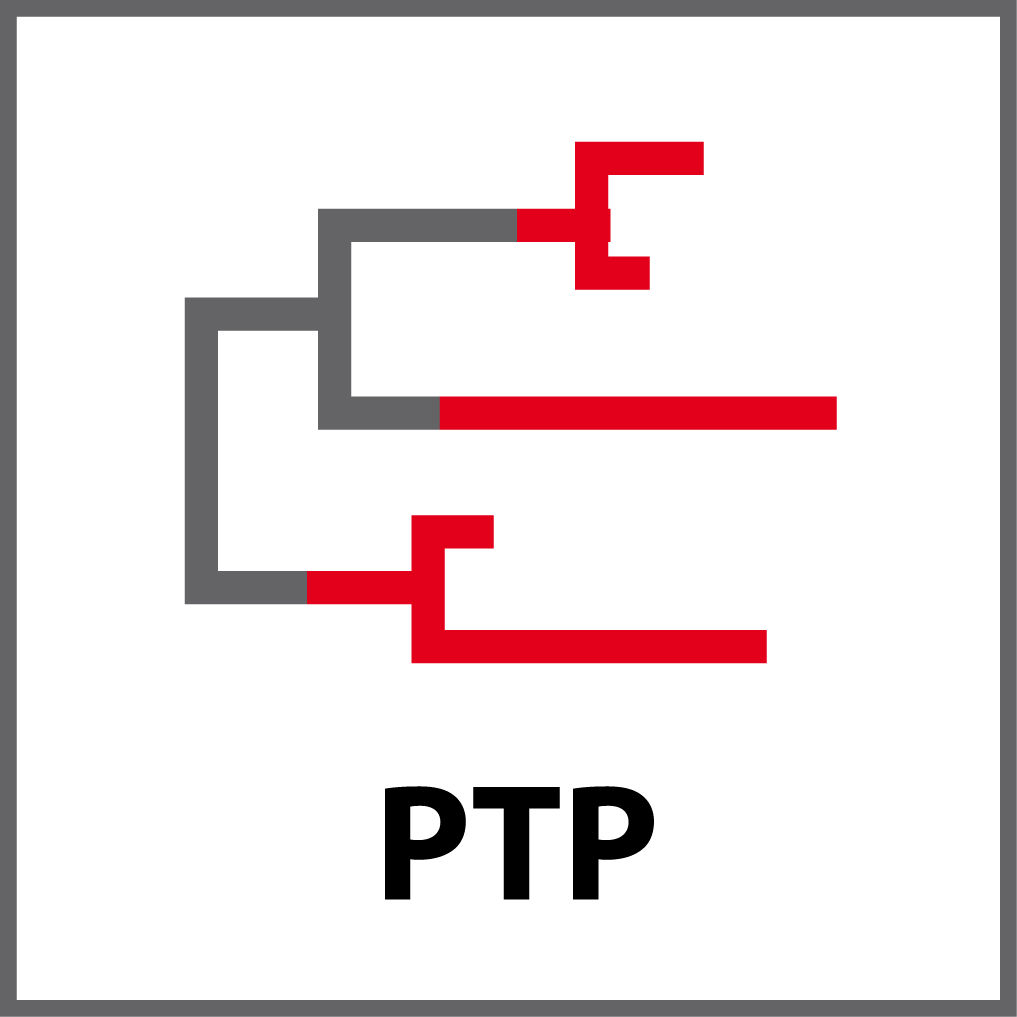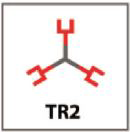Download iTaxoTools
iTaxoTools is a diversified collection of tools for integrative taxonomy in open-source code. Click on the tabs below for short descriptions and download links to Windows and Mac executables and source code. We have grouped our tools based on their main functions and purpose and you can use the following link to navigate to the respective group of tools. At the end of the page, you will find download links for manuals and example files.
.
.
.
Molecular data preparation
Click on the tabs to see information and download links for each tool
Concatenator: Concatenates sequences of different markers based on sample name
- Handles multiple input format, including tab-delimited files
- Extremely user-friendly and intuitive interface
- Includes MAFFT for (re)aligning single markers
- Includes option for fast calculation of gene trees using FastTree
- Includes options for output validation
- NEW: Now includes GBLOCKS / Clipkit for removal of gappy sequence stretches
Current version: Concatenator 0.3.1 [February 2024]
DNAconvert: Converts among DNA sequence formats
- Supports typical sequence formats (fasta, fastq, phylip, nexus)
- Autocorrects typical errors in sequence files such as non-standard characters in sequence names.
- Reads GenBank flat files and converts from and to tab-delimited files to manage sequences in spreadsheet editors.
- Single-file conversion, batch conversion and conversion of copy-pasted files
Current version: DNAconvert 1.1 [17 September 2024]
Fastmerge: Merges DNA sequence files (fasta, fastq)
- Can merge large files that usually cannot be opened in editors.
- Works for any text file but includes additional features when processing fasta and fastq.
- Allows for filtering sequences and sequence names with certain motifs and to include/exclude them in the merged file
Current version: Fastmerge 0.1 [August 2021]
Fastsplit: Splits (large) DNA sequence files (fasta, fastq) into smaller files
- Can split large files of several GB in size that usually cannot be opened in editors into a series of equally sized smaller files
- Designed for fasta and fastq, but works for any text file.
- Allows for filtering sequences and sequence names with certain motifs and to include/exclude them in the split files
Current version: Fastsplit 0.1 [August 2021]
PyR8S: Calculates ultrametric timetrees (chronograms) based on non-parametric rate-smoothing
- Takes as input treefiles with branch length (phylograms)
- Transforms into ultrametric using non-parametric rate smoothing, without the need to access original data (sequences)
- User-friendly interface to set time constraints (calibrations) on nodes.
Current version: Pyr8s 0.1 [August 2021]
MAFFTpy: Fast and reliable sequence alignment
- A Python-based GUI for the popular alignment program MAFFT
- Implements two alignment strategies of the original program (FFT-NS-1 and G-INS-i)
Current version: MAFFTpy 0.1 [May 2022]
FastTree: Fast inference of approximately-maximum-likelihood phylogenetic trees
- A Python-based GUI for FastTree
- Fast inference of approximately-maximum-likelihood phylogenetic trees from large alignments with many taxa
Current version: FastTreePy 0.1 [May 2022]
Nodenamecorrector: Removes special characters from terminal node names in Newick-formatted trees
- Takes as input a Newick treefile, identifies node names, searches for characters in node names that are not standard alphanumerical, and replaces them with underscores
Current version: Nodenamecorrector 0.1 [August 2021]
ConvPhase: Convenient phasing of heterozygous DNA sequences
- Experimental alpha version, fully functional.
Hapsolutely: Phasing, haplotype networks, Fitch genealogies, Fields of recombination
- Version 0.2.3.
.
.
.
Data analysis: diagnosis
Click on the tabs to see information and download links for each tool
TaxI2: Calculates inter- and intraspecific distances and the barcoding gap based on pairwise-aligning DNA sequences
- Takes as input aligned or unaligned sequence files in fasta or tab-delimited text format
- For unaligned sequences, pairwise alignments are performed
- Calculates pairwise genetic distances among all sequences
- If tab file contains row with species names, inter- and intra-species distances are calculated and summarized, and the barcoding gap as well as some summary statistics of the barcoding gap calculated
- Inter-species distances are calculated separately for species of the same genus vs. different genera
- A histogram illustrating the barcoding gap is produced in editable PDF format
Current version: TaxI2 v1.0 [completely revised compared to previous version, February 2023]
MolD: Recovers DNA-based diagnoses for taxa from DNA sequence alignments
- Implements MolD with a Python-based GUI
- Recovers diagnostic combinations of nucleotides (DNCs) for pre-defined groups of DNA sequences, corresponding to taxa
- Identifies pure diagnostic sites, minimal DNCs (mDNCs), and redundant DNCs (rDNCs), the latter fulfil predefined criteria of reliability
Current version: MolD 1.4.2 [fixed a bug in calculation of pairwise diagnostic sites, July 2024]
DNAdiagnoser: Computes diagnostic sites for species from DNA sequences
- Takes as input aligned or unaligned sequence files in fasta or tab-delimited text format
- Unaligned sequences are pairwise aligned to reference sequence and differences recorded relative to position in reference
- Summarizes variation within species and outputs diagnostic sites among species/li>
- Outputs unique diagnostic sites for the whole data sets, as well as diagnostic sites in pairwise comparisons among species
- Output is given in the form of tables but also as text which can be used for species diagnoses in taxonomic papers
- Update: Most features of DNAdiagnoser have been included in MolD, version 1.4.1, as of June 2023. We recommend using MolD for molecular diagnoses.
Current version: DNAdiagnoser 0.1 [August 2021]
.
.
.
Data analysis: delimitation
Click on the tabs to see information and download links for each tool
ASAP: Species delimitation from single-locus sequence data by the Assemble Species by Automatic Partitioning approach
- Implements ASAP with a Python-based GUI
- Takes as input a set of aligned sequences and calculates pairwise distances
- Proposes species partitions ranked by a new scoring system that uses no biological prior insight of intraspecific diversity.
Current version: ASAPy 1.0 [GUI version from February 2023, based on ASAP version from Oct 2022]
ABGD: Species delimitation by automatic barcoding gap discovery
- Implements ABGD with a Python-based GUI
- Takes as input a set of aligned sequences and calculates pairwise distances
- Uses a coalescent model to identify the position of the most likely barcode gap, based on a maximal genetic intraspecific divergence defined a priori by the user.
- Uses the DNA barcoding gap to propose species partitions.
Current version: ABGDpy 0.1 [August 2021]
PTP: Species delimitation based on Poisson tree processes
- Implements PTP with a Python-based GUI
- Uses as input a non-ultrametric tree with branch lengths (phylogram) in Newick or Nexus format
- Models speciation on branching events in terms of number of mutations (inferred from branch lengths)
- Bayesian and ML versions of PTP are implemented
Current version: PTP-pyqt5 0.1 [August 2021]
GMYC: Species delimitation based on the Generalized Mixed Yule Coalescent
- Implements GMYC with a Python-based GUI
- Uses as input an ultrametric tree in Newick or Nexus format
- Uses a likelihood approach to analyze the timing of branching events, seeking for significant switches between a Yule (interspecific) and a coalescent (intraspecific) branching structure.
Current version: GMYC-pyqt5 0.1 [August 2021]
TR2: Species delimitation using Bayesian model comparison and rooted triplets
- Implements TR2 with a Python-based GUI
- Takes as input a set of gene trees, and optionally a guide species tree
- Calculates posterior probability scores for user-specified delimitation hypotheses.
- Alternatively, finds the best delimitation under a guide tree specifying a hierarchical structure of species grouping.
Current version: TR2-pyqt5 0.1 [August 2021]
DELINEATE: Species delimitation by integrating an explicit model of speciation into the multipopulation coalescent
- Implements DELINEATE with a Python-based GUI
- Takes as input a rooted ultrametric tree from a multispecies coalescent analysis, in Nexus or Newick format
- Second input file is a table assigning specimens to species, or flagging their species identity as unknown
- Outputs various alternative species partitions, ranked by probability
Current version: DELINEATE-pyqt5 0.1 [August 2021]
Morphometricanalyzer: Calculates a series of basic statistical comparisons of species based on morphometric data
- Takes as input tab-delimited files with morphometric measurements
- Calculates summary statistics, pairwise comparisons (t-tests, U-tests), ANOVAs, etc
- Size-corrects values by calculating ratio against a reference measurement such as body size
- Writes text output summarizing diagnostic characters (scientifically different measurements between species, with and without overlap of ranges)
Current version: Morphometricanalyzer 0.1 [August 2021]
.
.
.
Data preparation, conversion and statistics
Click on the tabs to see information and download links for each tool
Latlonconverter: Converts among different geographic coordinate formats
- Parses a large variety of formats of WGS84 geographical coordinates
- Batch-conversion of coordinates in tables or copy-pasted lists which can contain coordinates in different formats (recognized by heuristic approach)
- Main output in decimal degree format
Current version: Latloncoverter 0.1 [August 2021]
Simplestatscalculator: Performs a series of basic statistical analyses
- Values are typed or pasted into text boxes
- Descriptive statistics (mean, median, standard deviation, and others)
- Pairwise comparisons (t-test, U-test)
- Comparisons of distributions (Chi-square, normality, Fisher’s)
- Corrections for multiple testing
Current version: Simplestatscalculator 0.1 [August 2021]
Specimentablemerger: Merges data from two tables based on values in the row “specimen”
- Takes as input two or more tab-delimited files, compares values in column “specimen” (or other chosen column) and merges into one table, combining values for same specimen number in the same row
- Automatically checks for duplicate values of the same variable and specimen and issues warnings
Current version: Specimentablemerger 0.1 [August 2021]
Specimentablepruner: Removes rows from tables based on a list of values for the row “specimen”
- Takes as input a tab-delimited file and a series of values of specimen identifiers
- Removes all rows from the table where the column “specimen” (or other chosen column) agrees with any of the provided values
Current version: Specimentablepruner 0.1 [August 2021]
Linebreaker: Changes among line break formats (Unix, Windows, Mac)
- Takes as input any text file and changes all line breaks to the specified format
Current version: Linebreaker 0.1 [August 2021]
Unitconverter: Converts among different units
- Values are typed into one field, all other fields show converted values in real time
- Separate tabs for conversion of distance, volume, time, molarity, and others
Current version: Unitconverter 0.1 [August 2021]
.
.
.
Data integration
Click on the tabs to see information and download links for each tool
SPARTmapper: Computes a kml file from geographical coordinates and spart file
- Takes as input a text file with decimal geographical coordinates and specimen identifiers, and optionally a species partition (SPART) file
- Outputs a kml file to show localities by species on Google Earth
- Outputs a html file that can be opened in any browser using OpenStreetMap
Current version: SPARTMapper 0.1 [August 2021]
Limes: Compares species partitions and parses/merges/exports SPART files
- Reads species partition (SPART) files, as well as species partition information in spreadsheet format
- Computes Ctax,mCtax,Rtax and Match Ratio indexes
- Can merge, extract and export SPART files
Current version: LIMES 2.0 [August 2021]
.
.
.
Manuals and example files
Download the manual / example files
.
.
.
Experimental alpha versions of new tools
Click on the tabs to see information and download links for each tool
TaxoInflationAnalyzer: Analyzes patristic distances between sister species over time
- Experimental alpha version, not optimized for user-friendliness and useful only for specific analyses that will be described in a forthcoming paper.
Decontaminator: Runs a variety of scripts to remove potential paralogs/contaminants from phylogenomic data sets
- Experimental alpha version, untested and not optimized for user-friendliness.
Referenceformatter: Adjusts format in reference lists
- Experimental alpha version, not optimized for user-friendliness. This program can be very useful to re-format extensive reference lists but may introduce errors with complex reference formats (book chapters) or complex author names (e.g., compound surnames).
SequenceChecker: Provides basic information and statistics on DNA sequences in fasta files (and other formats)
- Experimental alpha version, not optimized for user-friendliness but probably without major bugs.
SpartParser: Checks and converts between Spart and SpartXML files
- Experimental alpha version, not optimized for user-friendliness but working reliably.

































